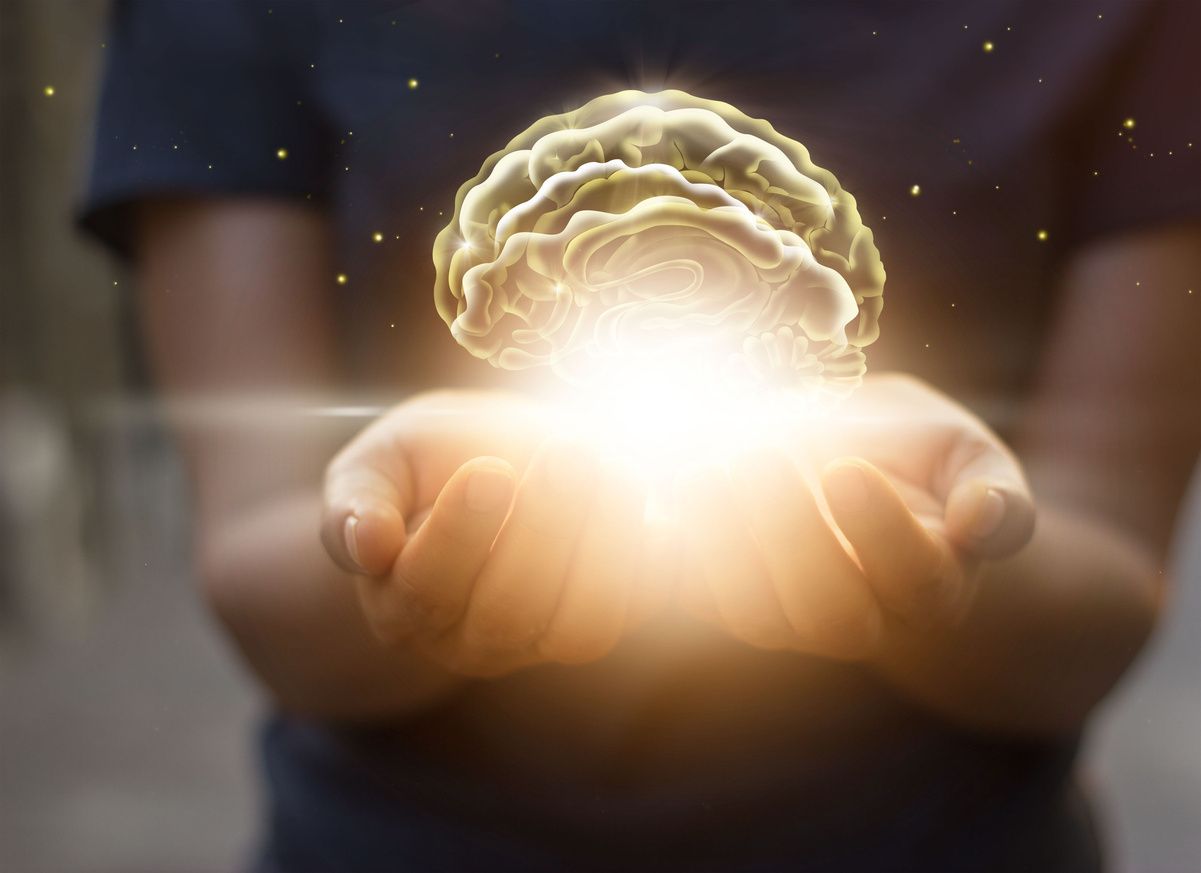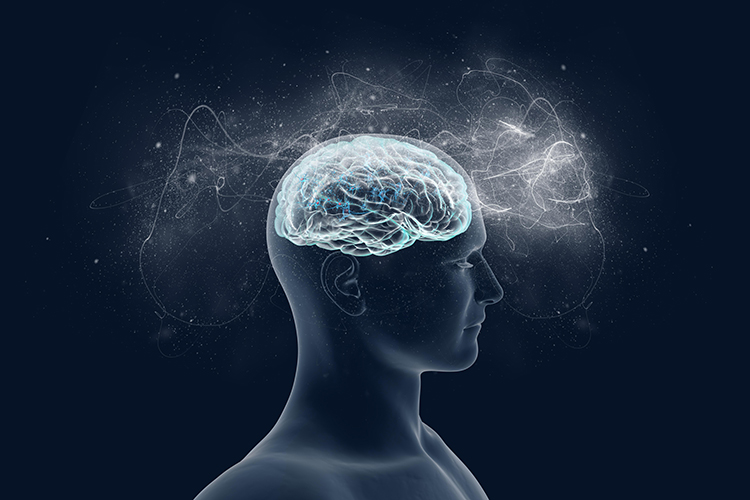Traumatic Brain Injury and the Risk for Subsequent Crime Perpetration. Bonow, Wang, et al. J Head Trauma Rehabil 2019
Traumatic Brain Injury and the Risk for Subsequent Crime Perpetration
Bonow, Robert H; Wang, Jin, et al. The Journal of Head Trauma Rehabilitation: January/February 2019 – Volume 34 – Issue 1 – p E61–E69
http://doi.org/10.1097/HTR.0000000000000413
Abstract
Objective:
To examine whether patients with traumatic brain injury (TBI) are at higher risk for subsequent crime perpetration compared with injured patients without TBI and those hospitalized for reasons other than injury.
Setting and Participants:
Patients hospitalized in Washington State from 2006-2007.
Design:
A retrospective cohort study using linked statewide datasets.
Main measures:
Primary outcomes were arrest for any violent or nonviolent crime within 5 years of discharge. Adjusted subhazard ratios were calculated using regression models incorporating death as a competing risk.
Results:
Compared with uninjured patients (n = 158 247), the adjusted rate of arrest for any crime was greater among injured patients with TBI (n = 6894; subdistribution hazard ratios [sHR], 1.57; 95% confidence interval [CI], 1.49-1.62) and without TBI (n = 40 035; sHR, 1.55; 95% CI, 1.49-1.62). When patients with TBI were directly compared with injured patients without TBI, no effect of TBI on subsequent arrests was found (sHR, 1.02; 95% CI, 0.94-1.11). TBI did not increase the likelihood of either violent or nonviolent crime when these outcomes were examined separately.
Conclusions:
TBI survivors do not appear to be at increased risk for criminality compared with injured individuals without TBI. However, injured persons with or without TBI may be at elevated risk of crime perpetration compared with those who are uninjured.







